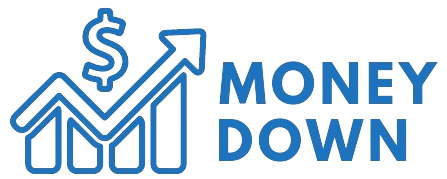For a ratio of 0.24% management costs (MER), you’ll receive an all-in-one mixture of 80% global stocks and 20% bonds which are reproduced repeatedly, with a Canadian home association to enhance tax efficiency and reduce currency risk. Despite its distortion of growth, it pays a not inconsiderable quarterly dividend. If imitation is a type of flattery, VGRO is extremely praised: there at the moment are imitators from other providers – XGro, ZGro, TGRO, HGRW – all with Lower Mers.
VGro Holtings
What shares does VGro have?
- Vanguard Us Total Market Index ETF 35.14%
- Vanguard ftse canada all cap index ETF 24.65%
- Vanguard FTSE develops all Cap ex north America Index ETF 14.44%
- Vanguard Canadian Agregate Bond Index ETF 11.83%
- Vanguard ftse emerging markets all cap index ETF 5.47%
- Vanguard Global Ex-US-Agregat-Bondindex-ETF (CAD-HEDDED) 4.23%
- Vanguard US aggregate Bond Index ETF (CAD-Hedged) 4.21%
From April 30, 2025
The VGRO ETF and his colleagues should not perfect they usually should not as “safe” as some Canadian investors accept. In fact, in 2022 the VGRO price fell by 11.19%, a deeper drawdown than its 100% stock counterpart, the Vanguard All-equity ETF portfolio (VEQT).
This is since the 20% bond cover from VGRO, often a buffer against stock losses on account of its usual negative correlation, in view of the rising rates of interest. The average duration of VGRO bond stocks is 6.8 years, which suggests that it is kind of sensitive to rate of interest increases. Everything else is identical, a rise in rates of interest by 1% may lead to a price drop of 6.8% of the bond component alone. And in 2022 this occurred during a stock market, which tightened the losses for VGRO.
If you’re concerned about repeating this scenario, each stocks and bonds collapse-there are ways to support the weaknesses of VGRO, or that of portfolio with stocks and bonds. Here are two TSX listed ETF ideas which are value considering, along with the compromises and what you wish to concentrate to.
After the Bank of Canada keeps 2.75%stable, investors still have the choice of receiving some money reserves of their portfolio with an honest return without taking a meaningful risk. Cash is a sustainable wealth class. There isn’t any risk of stocks and avoids the credit or rate of interest risk that you simply receive with bonds. If stocks and bonds fall at the identical time, money is one among the few things that also have their value.
In these moments, money is king and removed from being a dead weight. In fact, Warren Buffett (or reasonably his successor Greg Abel) holds a worth of just about 350 billion US dollars in Berkshire Hathaway. That means there may be a more intelligent step than simply leaving the cash in your brokerage account.
I prefer something like the worldwide x 0–3 month t-Bill ETF (CBil). This ETF invests short -term federal government calculations in Ultra and essentially returns the Bank of Canada’s policy set minus their fees. With an administrative cost rates of 0.11%, the ETF currently leads to around 2.58% within the annual unit.
It can also be very fluid, with a one-cent bid-ask spread and a minimal price fluctuation. The way it really works is easy: the value is slowly displayed in the middle of the month after which decreased barely onto the ex-dividend date by the quantity of income after a Sawtooth pattern.

